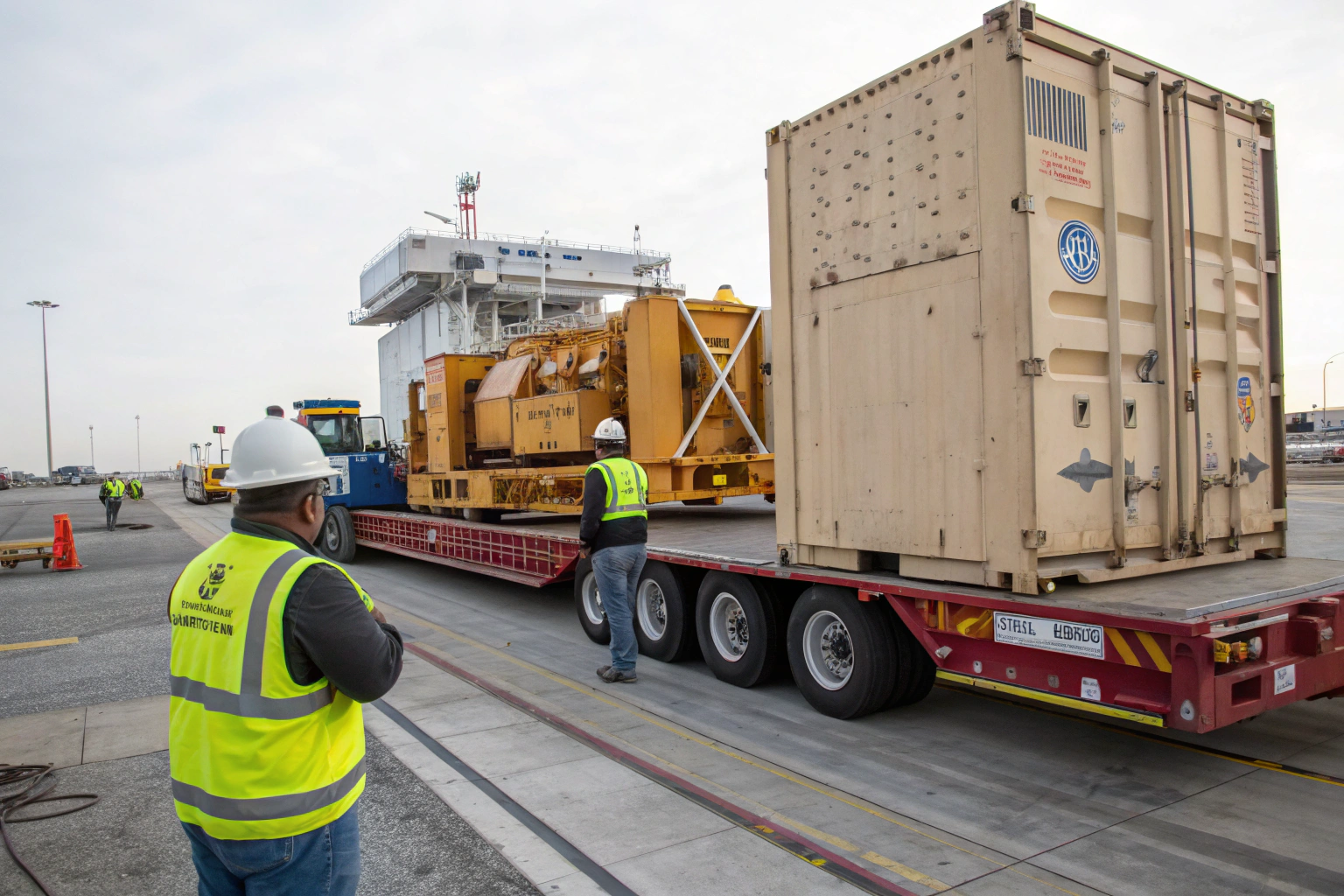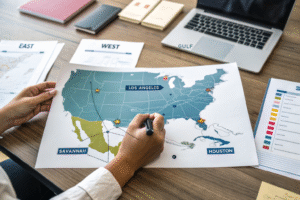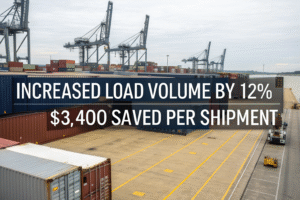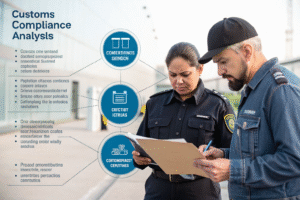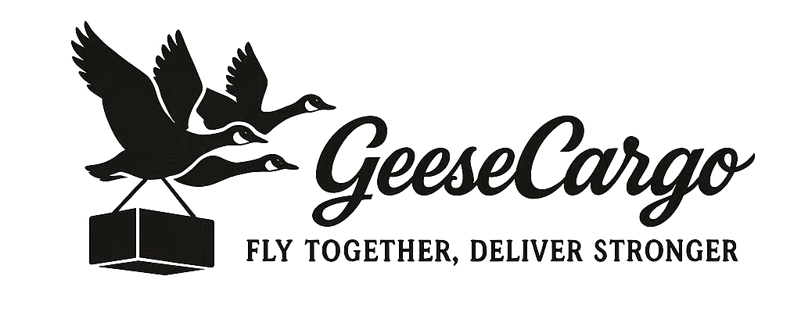Shipping oversized machinery from China presents unique challenges that standard container shipping cannot accommodate. These shipments require specialized equipment, careful planning, and specific expertise to navigate complex logistics, regulatory requirements, and physical constraints. Many businesses face unexpected costs, delays, and damage when they underestimate the complexity of moving heavy or oversized equipment.
You arrange shipping for oversized machinery from China through specialized breakbulk or project cargo services that handle non-containerized freight. This involves route surveys, custom crating, specialized equipment like flat racks or open tops, and comprehensive documentation for heavy/oversized cargo. The process typically costs 2-3 times more than standard container shipping and requires 4-8 weeks of advanced planning.
Let's examine the specific steps, equipment requirements, and expert considerations for successfully shipping your oversized machinery from Chinese manufacturers to your destination.
What defines oversized machinery and what are the shipping options?
Oversized machinery exceeds standard container dimensions or weight limits, requiring specialized handling and equipment. Understanding the specific classification of your machinery determines the appropriate shipping method and associated requirements.
Machinery typically becomes "oversized" when it exceeds 2.4 meters in width, 2.6 meters in height, or 12 meters in length for standard containers. Weight classifications start at 20 tons for heavy lift and increase from there. The primary shipping options include flat rack containers for machinery slightly over standard dimensions, open top containers for tall equipment, breakbulk shipping for very large or heavy items, and Ro-Ro (Roll-on/Roll-off) for self-propelled equipment. Each option serves different size, weight, and accessibility requirements with corresponding cost and complexity implications.
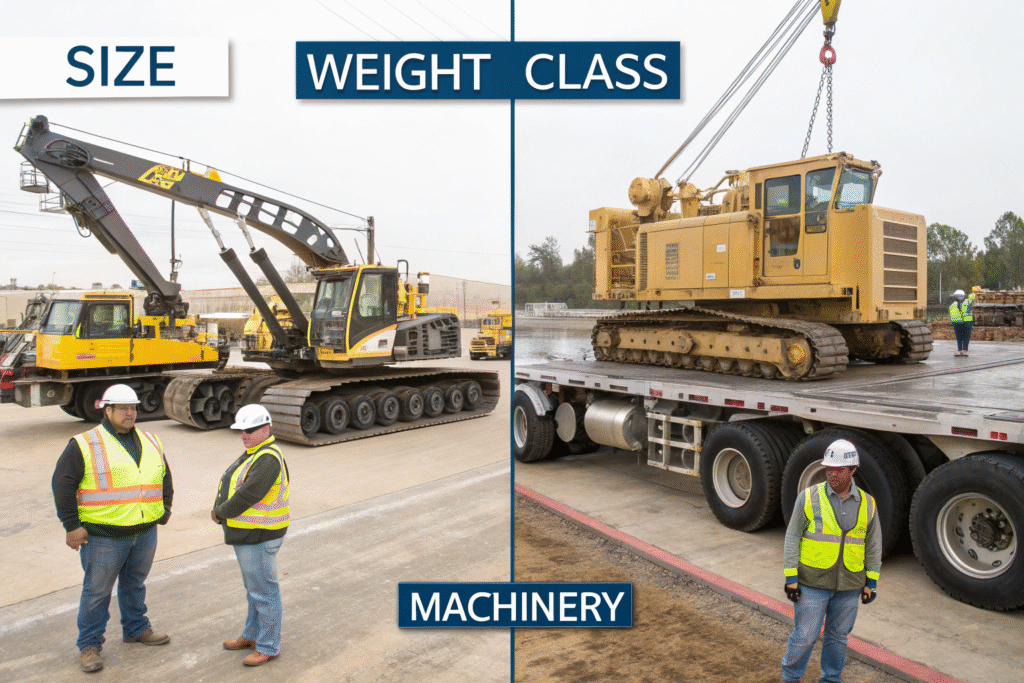
How do you determine the right shipping method for your machinery?
Selection considerations include:
- Dimensions and weight determining whether flat racks, open tops, or breakbulk are needed
- Center of gravity affecting stability and securing requirements
- Access points for loading and unloading determining equipment accessibility
- Fragility and sensitivity to environmental conditions during transit
- Urgency and budget balancing speed against cost considerations
- Destination infrastructure including port capabilities and inland transportation
Proper method selection prevents costly mid-shipment changes or damage.
What are the cost implications of different shipping methods?
Typical cost relationships:
- Flat rack containers: 1.5-2x standard container costs
- Open top containers: 1.8-2.5x standard container costs
- Breakbulk shipping: 2-4x standard container costs depending on complexity
- Ro-Ro services: 1.5-2.5x standard container costs for compatible machinery
- Heavy lift vessels: 3-6x standard costs for extremely heavy or oversized items
Understanding these cost relationships helps realistic budgeting and method selection.
What specialized equipment and handling are required?
Oversized machinery demands specialized equipment throughout the supply chain, from factory loading through final destination delivery. Each handling point requires specific capabilities that standard logistics providers may not possess.
Loading requires heavy-duty cranes or specialized forklifts capable of handling the weight and dimensions. Transportation needs multi-axle trailers with appropriate weight distribution. Port handling demands heavy lift cranes with sufficient reach and capacity. Vessel loading requires specialized gear like heavy lift ships or vessels with enhanced capabilities. Documentation must include detailed engineering specifications and handling instructions. Each piece of equipment adds cost but is essential for safe transportation.

What specific equipment handles different oversized scenarios?
Equipment matching to requirements:
- Self-propelled modular transporters for extremely heavy machinery over 100 tons
- Multi-axle hydraulic trailers for road transportation of heavy equipment
- Heavy lift cranes with capacities from 100 to 1,000+ tons for port handling
- Flat rack containers with capacities up to 40 tons for slightly oversized items
- Open top containers with removable tops for tall machinery
- Breakbulk vessels with heavy lift capabilities for non-containerized cargo
Proper equipment matching ensures safe handling throughout the journey.
How do you verify equipment availability and capability?
Verification processes:
- Equipment surveys confirming specifications match machinery requirements
- Port capability assessments ensuring handling equipment can manage your cargo
- Route surveys verifying transportation equipment can access all necessary locations
- Weight distribution calculations ensuring proper load balancing
- Lifting point analysis confirming safe attachment points on your machinery
- Backup equipment identification preparing for potential equipment failures
Thorough verification prevents handling failures that could damage machinery or cause injuries.
What documentation and regulatory compliance are required?
Oversized machinery shipments involve significantly more documentation and regulatory compliance than standard shipments, with specific requirements for heavy/oversized cargo across multiple jurisdictions. Incomplete documentation represents the most common cause of delays.
Essential documents include detailed packing lists with exact dimensions and weights, engineering certificates for lifting points and weight distribution, customs declarations with specialized commodity codes, insurance certificates with appropriate coverage for specialized cargo, port permits for oversized handling, and transportation permits for inland movement. Additionally, many countries require specific certifications for machinery imports, particularly for used equipment or machinery with environmental or safety implications.
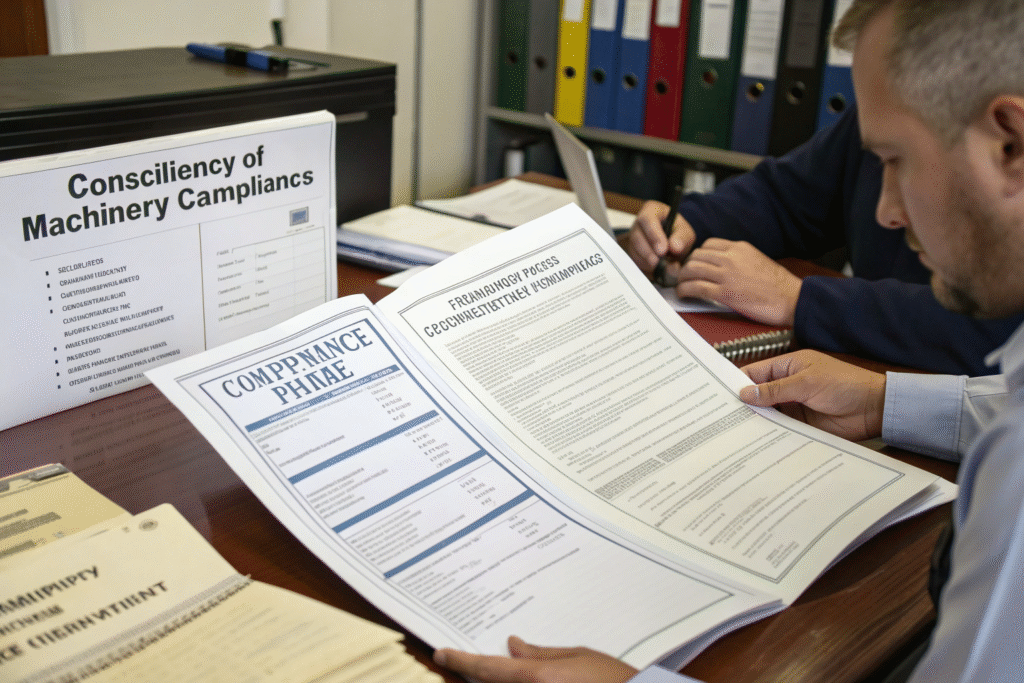
What specialized documents are unique to oversized machinery?
Oversized-specific documentation:
- Engineering drawings showing dimensions, weight distribution, and center of gravity
- Lifting plan and certificates for safe handling at each transfer point
- Route survey reports confirming clearance and accessibility
- Weight distribution calculations for proper load securing
- Special permit applications for oversized road transportation
- Dangerous goods declarations if machinery contains hazardous materials
These specialized documents prevent handling errors and regulatory rejections.
How do you navigate Chinese export regulations for machinery?
Chinese export considerations:
- Export license requirements for certain types of advanced machinery
- Customs valuation documentation for high-value equipment
- Origin certification particularly for machinery with imported components
- Inspection requirements before export for certain machinery categories
- Document legalization for destination country requirements
- Export control compliance for dual-use or sensitive technologies
Understanding Chinese requirements prevents export clearance delays.
How do you manage inland transportation challenges?
Inland transportation often presents the most complex challenges for oversized machinery, with road limitations, bridge capacities, and clearance issues creating significant obstacles. Proper route planning and permit acquisition are essential for successful movement from factory to port.
Route surveys identify potential obstacles including low bridges, narrow roads, sharp turns, weight-restricted bridges, overhead obstacles, and seasonal considerations. Permit applications must address each jurisdiction's requirements with sufficient lead time. Escort vehicles often accompany oversized shipments for safety and compliance. Timing coordination ensures minimal disruption to public infrastructure. These measures typically add 5-10 business days to inland transportation planning but prevent costly rerouting or delays.
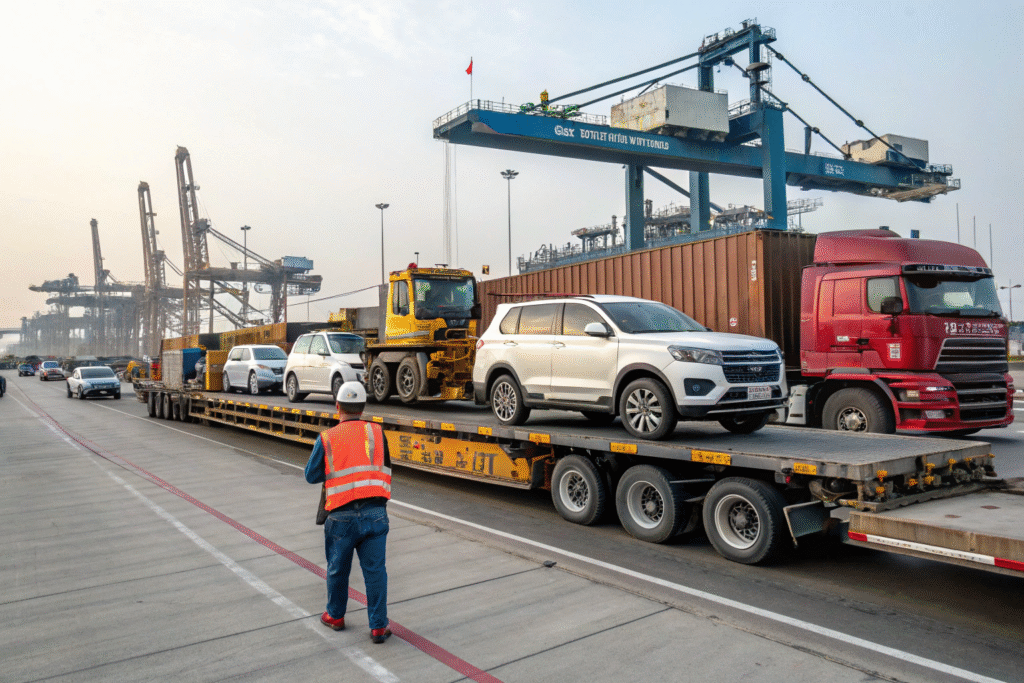
What specific obstacles affect inland transportation?
Common transportation obstacles:
- Bridge weight limits requiring alternative routes or reinforcement
- Overhead clearance issues from power lines, signs, or tree branches
- Road width limitations on older or rural road networks
- Turning radius requirements at intersections and facility entrances
- Seasonal considerations like frozen ground or weight restrictions
- Utility coordination for temporary removal or lifting of obstacles
Identifying these obstacles early enables proper planning and alternative arrangements.
How do you obtain necessary transportation permits?
Permit acquisition process:
- Application preparation with detailed equipment specifications and route plans
- Jurisdiction identification for each municipality, province, or region
- Lead time allowance of 2-4 weeks for permit processing
- Fee payment for oversize/overweight permits and escort services
- Route approval coordination with utility companies and infrastructure owners
- Contingency planning for permit denials or required route changes
Proper permit management prevents legal issues and transportation interruptions.
What insurance considerations are unique to oversized machinery?
Overseas machinery shipments require specialized insurance coverage beyond standard cargo policies, with higher values, unique risks, and complex claims processes. Standard insurance often excludes or limits coverage for oversized cargo without specific endorsements.
Specialized machinery insurance should cover transport and erection risks, delay in startup insurance for critical equipment, marine cargo insurance with heavy lift extensions, liability coverage for third-party damage during handling, and business interruption protection for mission-critical machinery. Coverage typically costs 1.5-2.5% of declared value but provides essential protection against losses that could reach millions of dollars. Proper documentation of pre-shipment condition, handling procedures, and value is essential for claims processing.
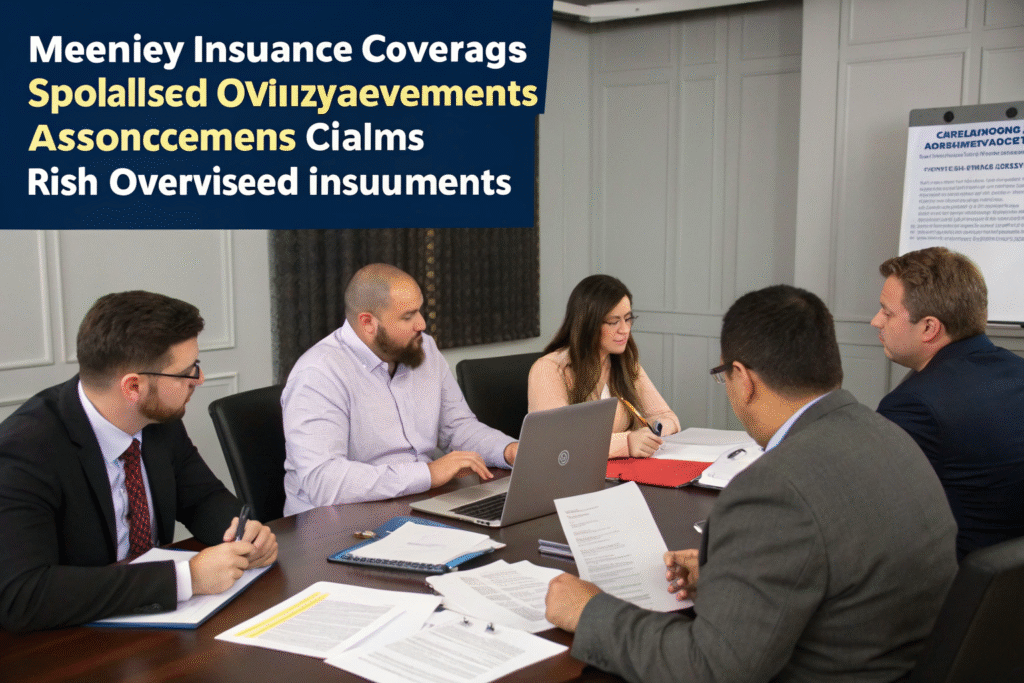
What coverage extensions are essential for machinery shipments?
Critical insurance extensions:
- Heavy lift coverage for specialized handling operations
- Delay in startup insurance for production-critical machinery
- Erection all risk coverage for assembly at destination
- Marine cargo extension for non-standard vessel types
- Third-party liability protection for infrastructure damage
- Consequential damage coverage for downstream impacts
These extensions address risks standard policies exclude.
How can you minimize insurance premiums while maintaining coverage?
Premium optimization strategies:
- Detailed risk documentation demonstrating proper handling procedures
- Safety record emphasis for similar previous shipments
- Deductible adjustments balancing premium savings against risk retention
- Package policies combining multiple coverage types with one insurer
- Claims history review identifying specific risk factors to address
- Professional survey inclusion providing independent risk assessment
Strategic insurance management controls costs while maintaining essential protection.
Conclusion
Shipping oversized machinery from China requires specialized expertise, equipment, and planning that significantly differs from standard container shipping. The most successful shipments involve early engagement with project cargo specialists, thorough route and infrastructure assessments, comprehensive documentation, and specialized insurance coverage. While costs are substantially higher than standard shipping, proper planning and execution prevent the far greater expenses of damage, delays, or regulatory problems. By understanding the unique requirements of oversized machinery shipping and partnering with experienced specialists, businesses can successfully move critical equipment from Chinese manufacturers to their operational locations worldwide.
